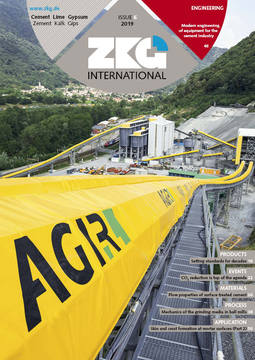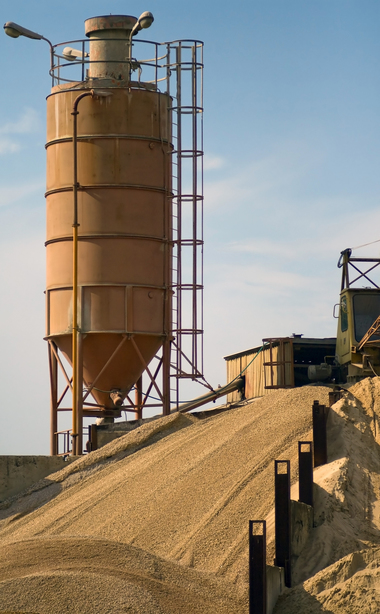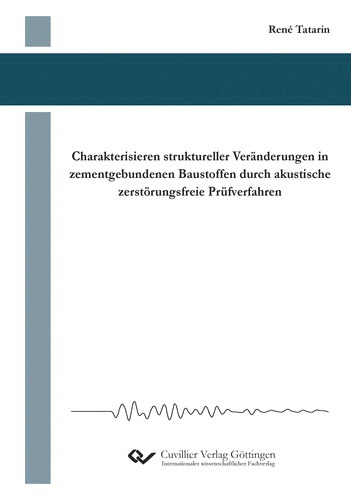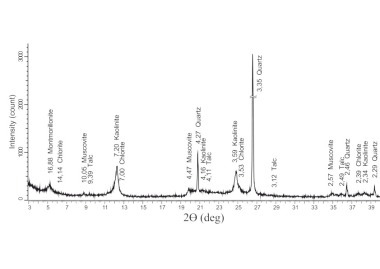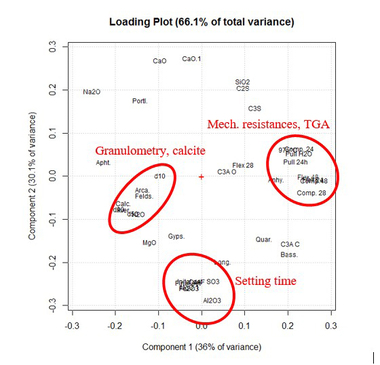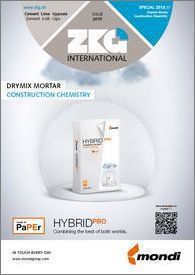From raw material to product
Such is the wide range we are covering in our latest issue of ZKG.
Dynamic flow tests can be used to characterize the flow properties of Portland cements (from page 26). Improving the flowability of cement helps lower the risk of inacceptable process performance – important for an industry committed to the highest efficiency.
The paper “Investigations into the influence of chemical activators and templates on cement hydration” (from page 32) addresses the strength of hydrated cement and its cohesive properties. These are determined to a great extent by the structure of the calcium silicate hydrate phases.
The article “Mechanics of the grinding media in ball mills with longitudinal and transverse motion of the grinding media” analyses the problems of perfecting grinding equipment for large-scale production. An improved design of a ball mill, equipped with internal energy exchange devices, is considered, and a description is given of the technical and economic indicators of a standard and an improved mill (from page 38).
The article “Modern engineering of equipment for the cement industry” (from page 46) presents an engineering process that significantly reduces the effort required for computational optimization and thus enables integration into day-to-day business if required.
Two papers concern product application: “Skin and crust formation at mortar surfaces – mechanisms and influencing factors” shows that cementitious mortar layers have a high surface-volume ratio and their evolution is influenced by intrinsic formulation parameters and extrinsic environmental parameters (from page 50). In “Shrinkage of eco-friendly concretes made with limestone-rich cements”, it is shown that the drying shrinkage of cement paste and concrete with a high limestone content depends strongly on the amount and the chemical-mineralogical properties of limestone (from page 60).
Anett Fischer
Editor-in-Chief


